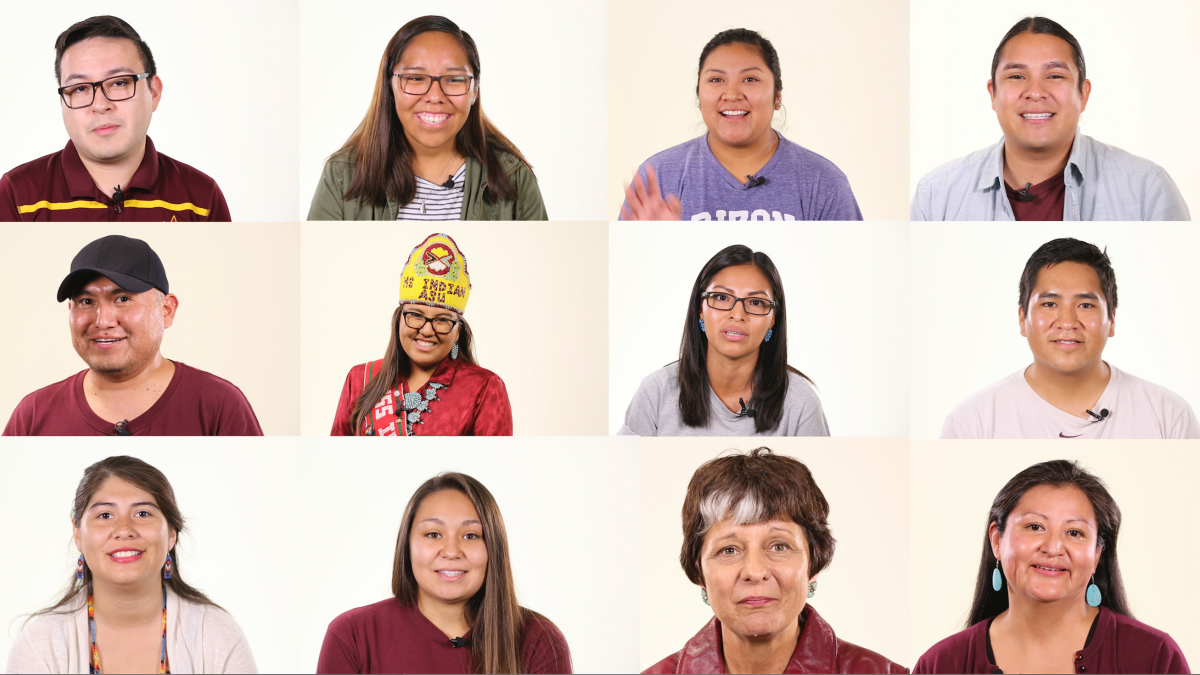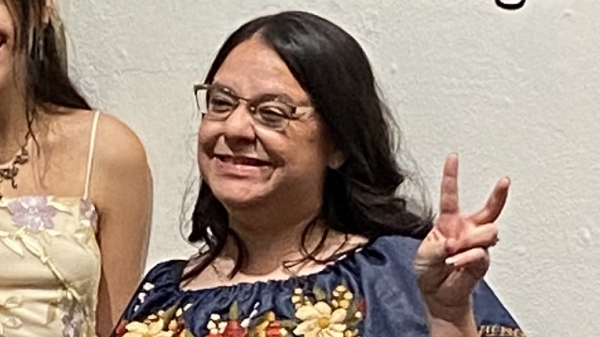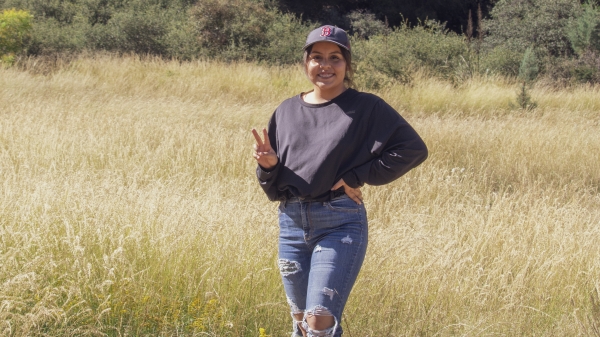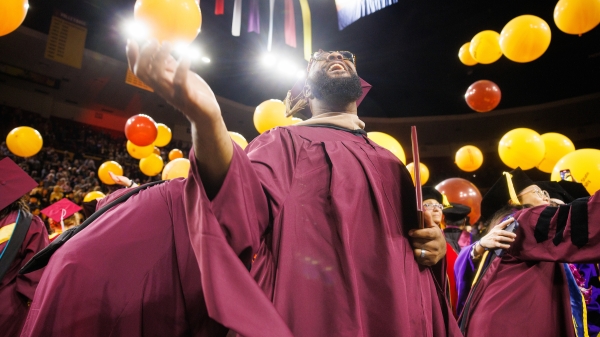Native 101: ASU students, faculty bust stereotypes
American Indian Sun Devils answer questions they hear most often when dealing with non-Natives in mainstream settings

It can be tough to be a Native American in mainstream society.
It’s true for students away from their home communities for the first time. They’re underrepresented and surrounded by people who aren’t familiar with their traditions, culture or history.
And it’s true for “urban Indians,” an increasing population of Native people who live in cities, who often report feeling unseen or stereotyped.
“This notion of visibility and invisibility is important,” said Bryan McKinley Jones Brayboy, President’s Professor, director of the Center for Indian Education and ASU’s special adviser to the president on American Indian Affairs. “Sometimes invisibility comes in the form of unfounded and unsubstantiated myths.”
To help recognize the experiences of the more than 2,600 Indigenous students at ASU — and to honor the close of Native American Heritage Month — a group of American Indian students and faculty gathered to answer the questions and bust the stereotypes they face most often when interacting with non-Natives.
Video produced and edited by Deanna Dent, ASU Now
“People may say, ‘Oh, all Natives live like this.’ But, we are like anyone else: There is both remarkable variability in our experiences and some shared experiences. In the end, stereotypes hurt everyone.”
Oftentimes, Native people in mainstream settings find themselves functioning as representatives for a diverse population of more than 5 million people from more than 560 distinct tribes across the U.S.
Megan Tom, a fourth-year Navajo student from Cameron, Arizona, described it as an unfair burden, saying during a recent interview that “it’s exhausting giving Native 101 to everyone.”
The students and faculty share some of the more common questions they’re asked by non-Natives in an effort to create connections and understanding.
“As much as any other research intensive campus in the U.S., ASU is committed to helping everyone appreciate the unique, important modern-day experiences of Native peoples in Arizona, the U.S. and the world,” Brayboy said. “This video continues this vital conversation and situates ASU as a world-class educational institution that honors its place and the Native peoples of Arizona.”
More Sun Devil community

ASU grad with cerebral palsy tells her story through artwork
Editor’s note: This story is part of a series of profiles of notable spring 2024 graduates. Liliana Flores is a senior majoring in painting and drawing at The School of Art in the Herberger…

ASU grad and student life photographer breaks ground as first-generation student
Editor’s note: This story is part of a series of profiles of notable spring 2024 graduates. When Yenifer Macias Lopez became the first in her family to attend university, she was unsure of what she…

ASU Online reaches milestone of 100,000 graduates
When David Elie completes his coursework this summer and earns two Arizona State University bachelor’s degrees, he will be part of a joyous milestone — ASU Online will reach 100,000 graduates. Elie…